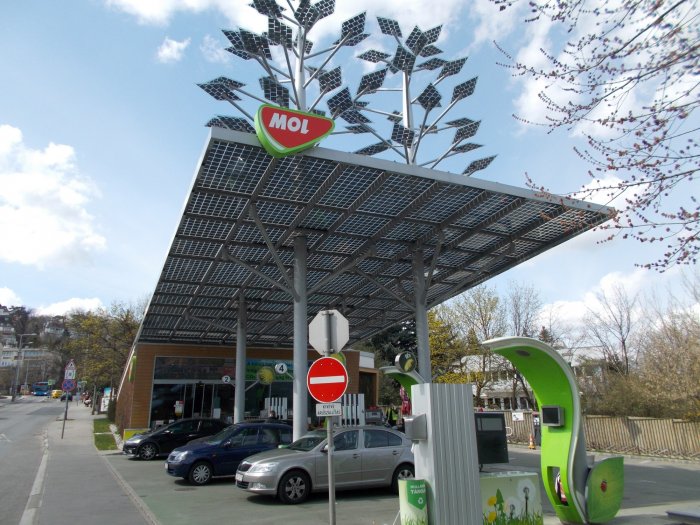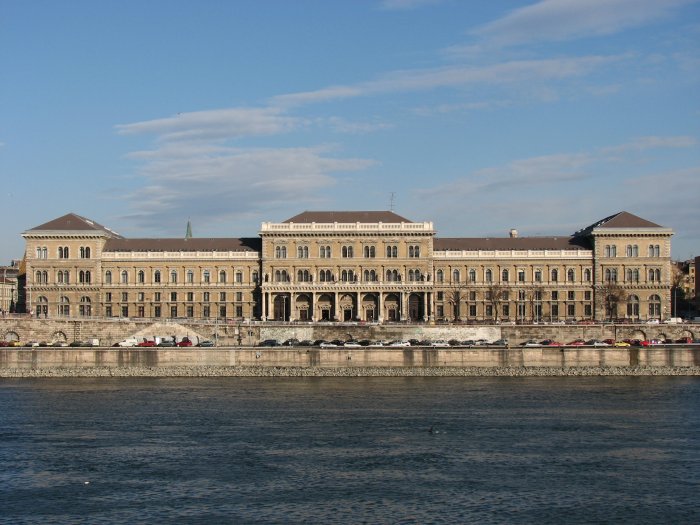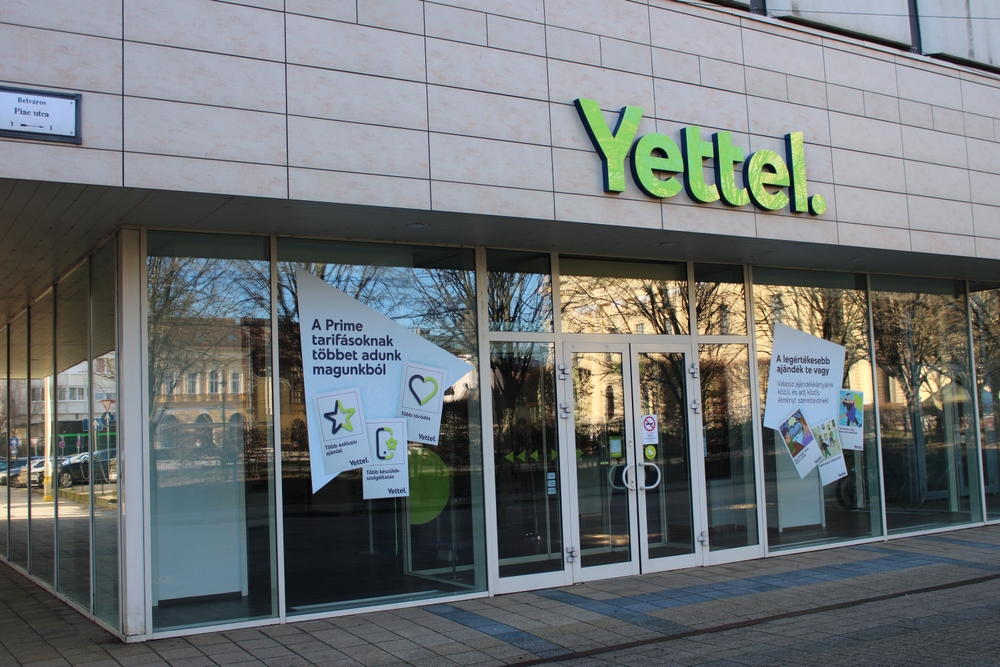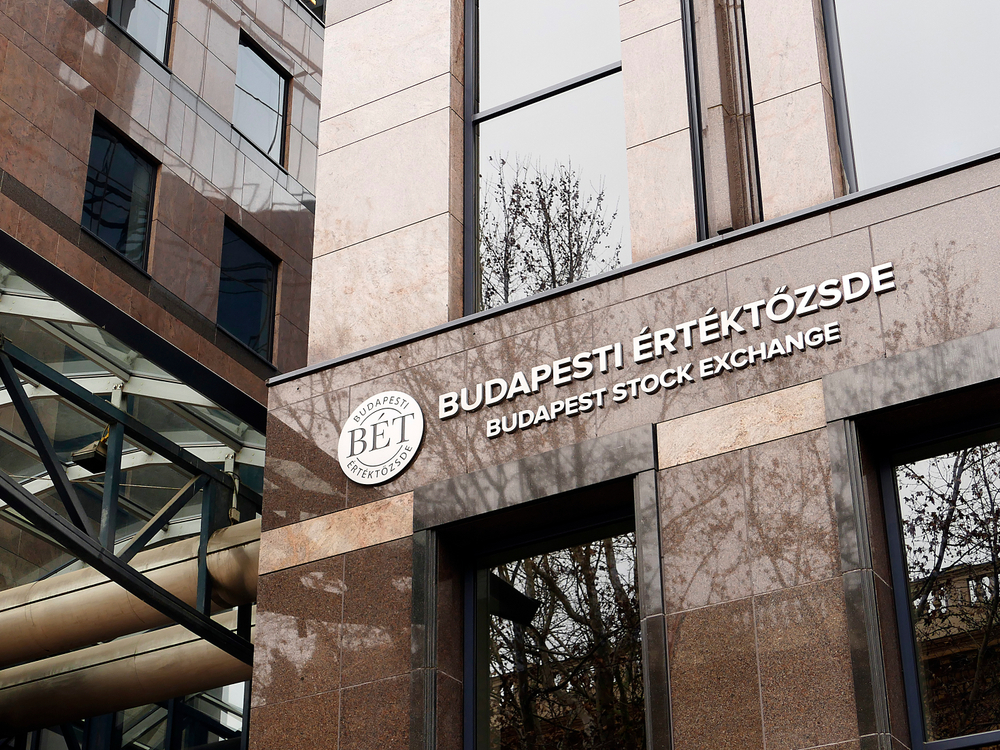MOL profit rises 45%, lifted by lower tax in Q2

wikimedia commons
Hungarian oil and gas company MOLʼs second-quarter net income rose 45% year-on-year to HUF 83.5 billion as corporate tax costs fell on the one-off impact of a transition to International Financial Reporting Standards, an earnings report released early today shows, according to Hungarian news agency MTI.
According to the report:
- Earnings per share came to HUF 908.
- Revenue fell 19% to HUF 918.4 bln.
- Costs fell at about the same rate, dropping 20% to HUF 814.6 bln.
- Pre-tax profit edged down 1% to HUF 97.1 bln.
MOL said it booked just HUF 15.5 bln in corporate tax, down 60% from the base period. It explained the difference citing the one-off effect of the IFRS transition, which resulted in the cancellation of the deferred tax liability difference between IFRS and Hungarian Accounting Standards as well as decreases in industry tax and corporate profit tax.
MOLʼs financial losses reportedly narrowed 28% to HUF 10.5 bln, also lifting the bottom line.
MOL said revenue of its downstream business fell 17% to HUF 859.2 bln. Operating profit of the segment dropped 6% to HUF 107.4 bln. MOL noted that retail sales volume rose 12% during the period.
Revenue of the upstream business declined 20% to HUF 90.9 bln, but its operating profit jumped 104% to HUF 8.4 bln. Average daily production increased 7% to 110,800 barrels of oil equivalent per day during the period.
MOL chairman-CEO Zsolt Hernádi confirmed the company is on track to meeting its initial guidance for EBITDA of $2 bln or more, adjusted for one-off effects, for the full year, in spite of “a highly challenging external environment”.
MOLʼs H1 adjusted EBITDA was reported as $1.11 bln.
MOL said the guidance assumed an oil price of $35-50 per barrel and a “moderate downstream margin”.
In a comment on outlook, MOL said the primary aim of the group “remains to generate enough operating cash flow to cover the internal investment needs, financial costs, taxes and dividends to shareholders, while retaining a safe and strong balance sheet”. MOL added that it had reduced its organic CAPEX plan by $200 mln to $1.1 bln for 2016 “as a response to the external environment”.
MOL had total assets of HUF 4.1062 trillion at the end of June, up 5% from the end of December. Net assets fell 4% to HUF 1.7557 trln.
MOLʼs gearing ratio rose to 27.8% from 21.3%.
SUPPORT THE BUDAPEST BUSINESS JOURNAL
Producing journalism that is worthy of the name is a costly business. For 27 years, the publishers, editors and reporters of the Budapest Business Journal have striven to bring you business news that works, information that you can trust, that is factual, accurate and presented without fear or favor.
Newspaper organizations across the globe have struggled to find a business model that allows them to continue to excel, without compromising their ability to perform. Most recently, some have experimented with the idea of involving their most important stakeholders, their readers.
We would like to offer that same opportunity to our readers. We would like to invite you to help us deliver the quality business journalism you require. Hit our Support the BBJ button and you can choose the how much and how often you send us your contributions.







